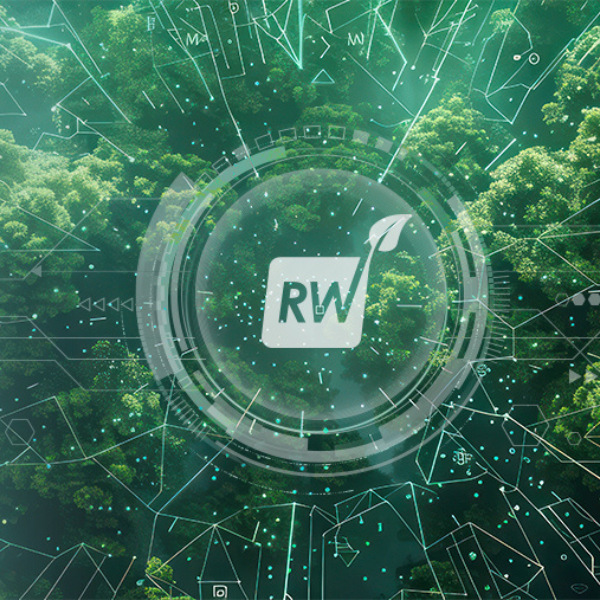Sustainability continues to rank high in consumer packaging expectations but price still drives behavior. According to a new McKinsey & Company survey of over 5,500 global consumers, U.S. respondents expressed the strongest interest in sustainable packaging, with 43% rating it “extremely” or “very” important. However, fewer than half said they would pay more for it, a key challenge for foodservice operators balancing sustainability goals with margin pressures.
Sustainable Preferences Outweigh Performance Features
When asked about desirable packaging attributes, U.S. consumers prioritized environmental qualities over traditional performance features. The most valued attributes were:
Recyclable (57%)
Made from recycled content (50%)
Plastic-free (48%)
In contrast, performance-based features like durability or resealability drew less interest. This signals an opportunity for operators and distributors to revisit material selections and labeling strategies, especially in to-go formats or quick-service environments where disposability and sustainability intersect.
Compostables & Paper Gain Traction
Material preferences have also shifted. Compared to the previous year, U.S. consumers reported stronger interest in compostable materials, such as bagasse and polylactic acid (PLA). Paper-based formats also maintained favorability.
Plastic packaging, on the other hand, saw the largest year-over-year decline in positive perception, especially where alternatives are available. While plastic remains practical for many foodservice applications, the data indicates that consumer attitudes are changing—even in settings where functionality is paramount.
Barriers to Change: Cost & Clarity
Despite consumer interest, two main obstacles limit broader adoption: cost and confusion.
Most survey respondents supported the idea of sustainable packaging but were unwilling to pay a premium. This presents a challenge for restaurant groups and foodservice buyers managing margins in inflationary conditions.
Additionally, a majority of consumers admitted to being unsure about what terms like “biodegradable” or “compostable” actually mean. For operators, this underscores the value of clear, verifiable messaging. Misunderstandings around claims can lead to skepticism or disengagement, especially if consumers feel misled.
Operational Implications For Foodservice
For foodservice professionals, the findings point to a growing need to balance environmental goals with financial constraints and customer communication. Operators considering a packaging shift may want to:
Evaluate cost-neutral options with recycled or compostable content
Partner with suppliers that offer transparency around material sourcing and disposal
Simplify on-package messaging to improve customer confidence and comprehension
Monitor evolving local regulations that may soon require or incentivize specific formats
Distributors, in turn, may need to refine product assortments to reflect shifting demand while offering credible sustainability data to support downstream purchasing.
Outlook: Sustainability Still Matters, If The Price Is Right
While cost remains a gating factor, the McKinsey data indicates that sustainability is not a fringe concern, it is mainstream and growing. For foodservice operators, aligning packaging decisions with consumer preferences could enhance brand trust and operational resilience. But success depends on balancing environmental responsibility with affordability and education.
Want more daily insights like this?
Discover our industry news updates and stay ahead of the curve with real-time trends, strategies, and sourcing tips—delivered daily here.









